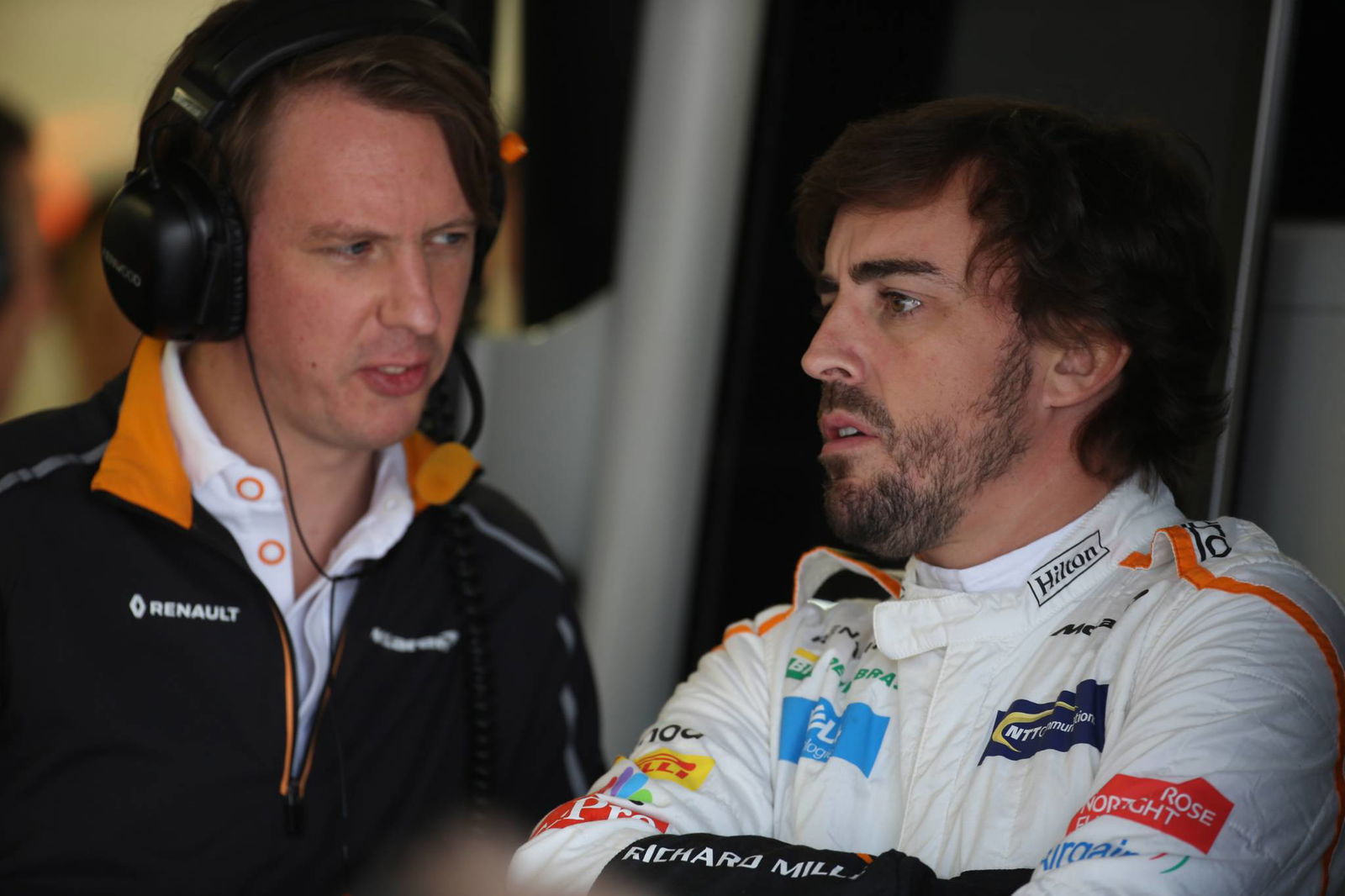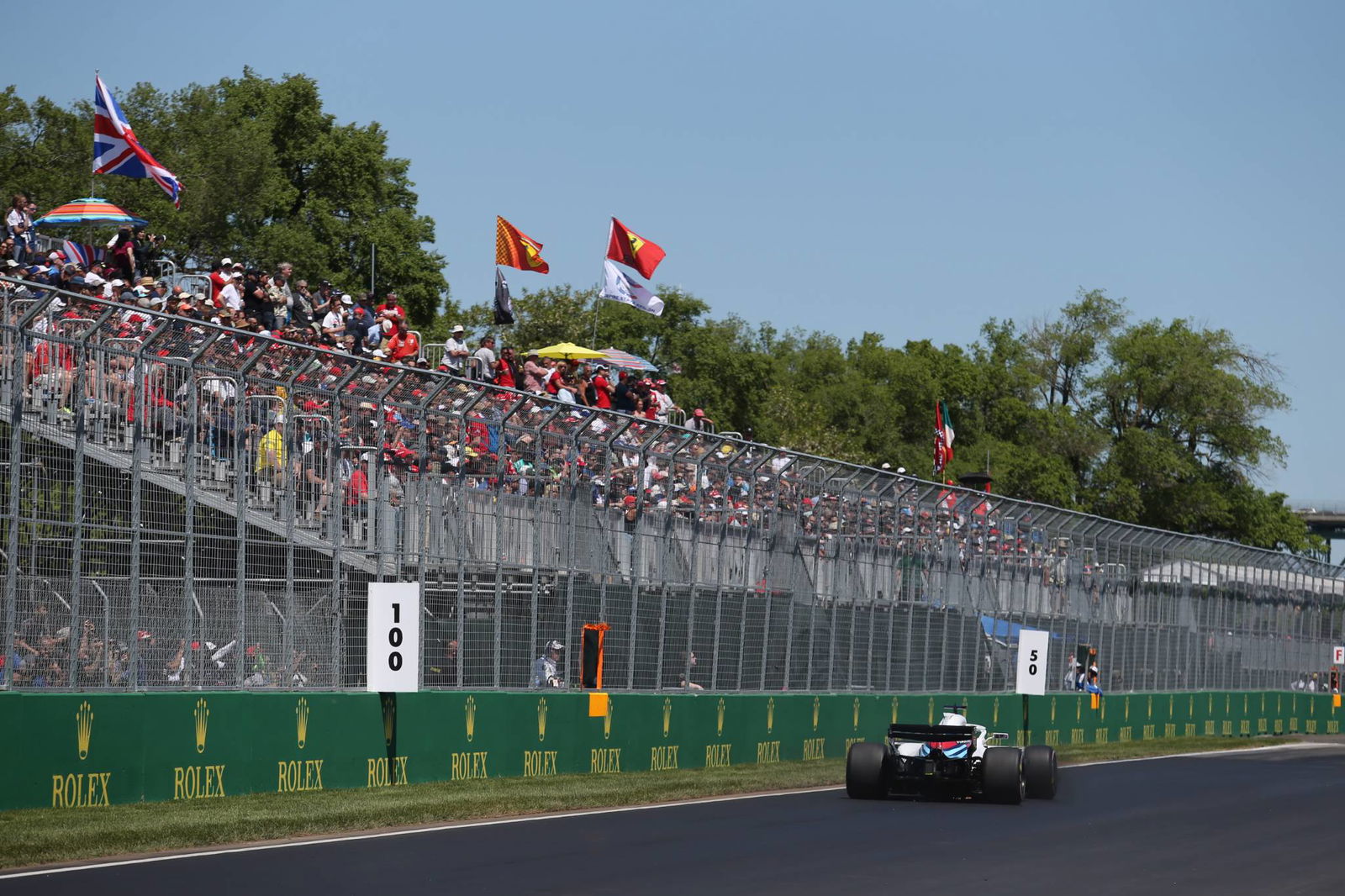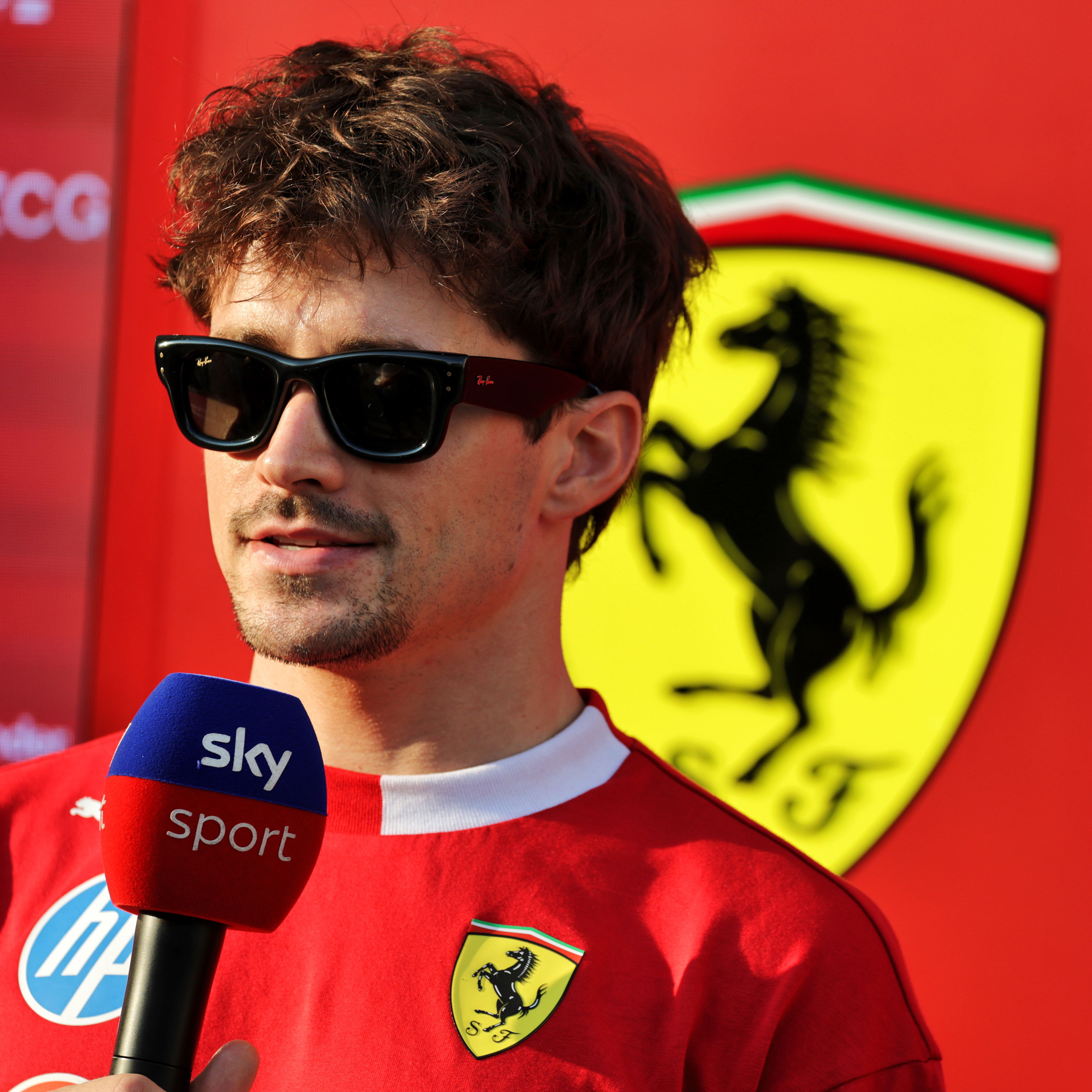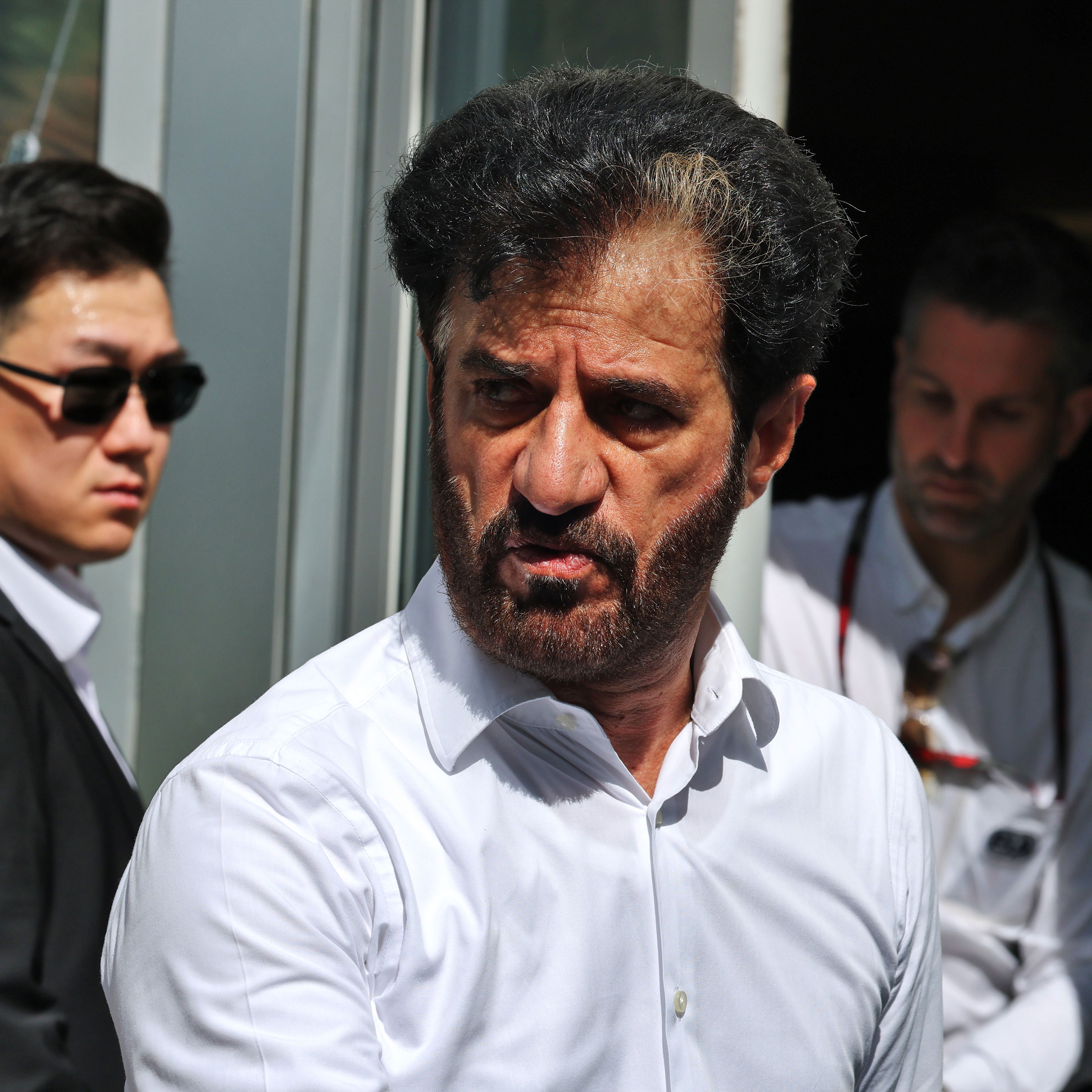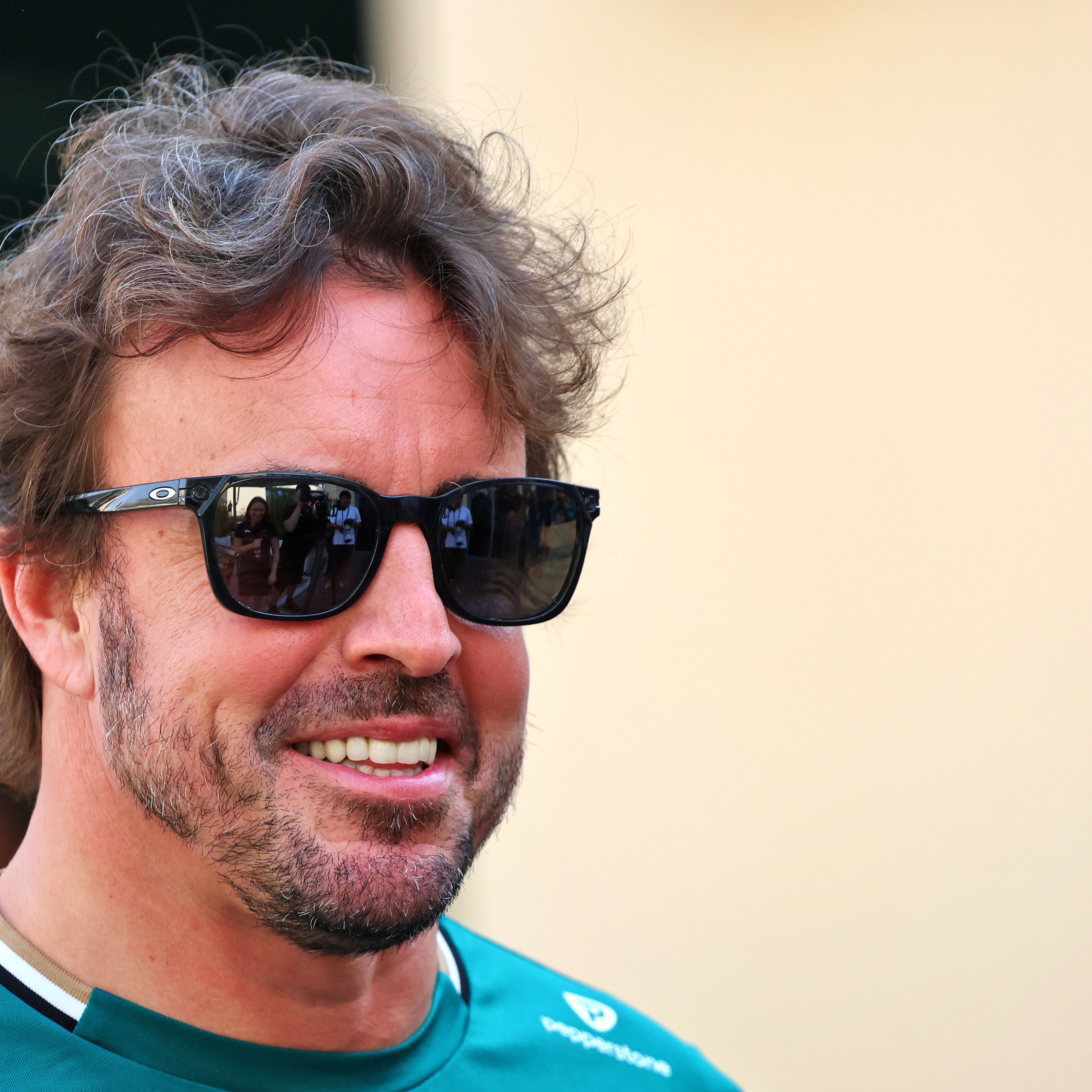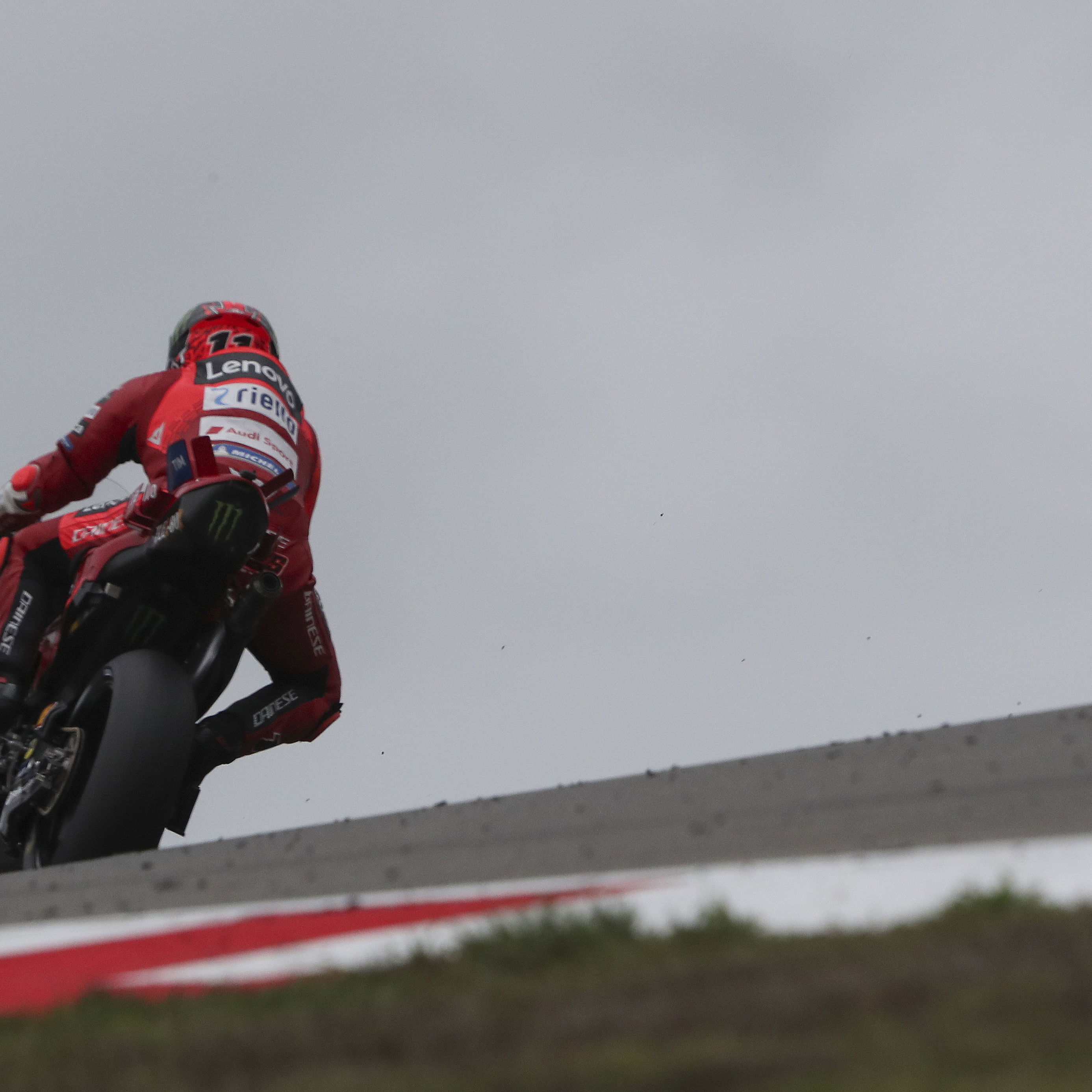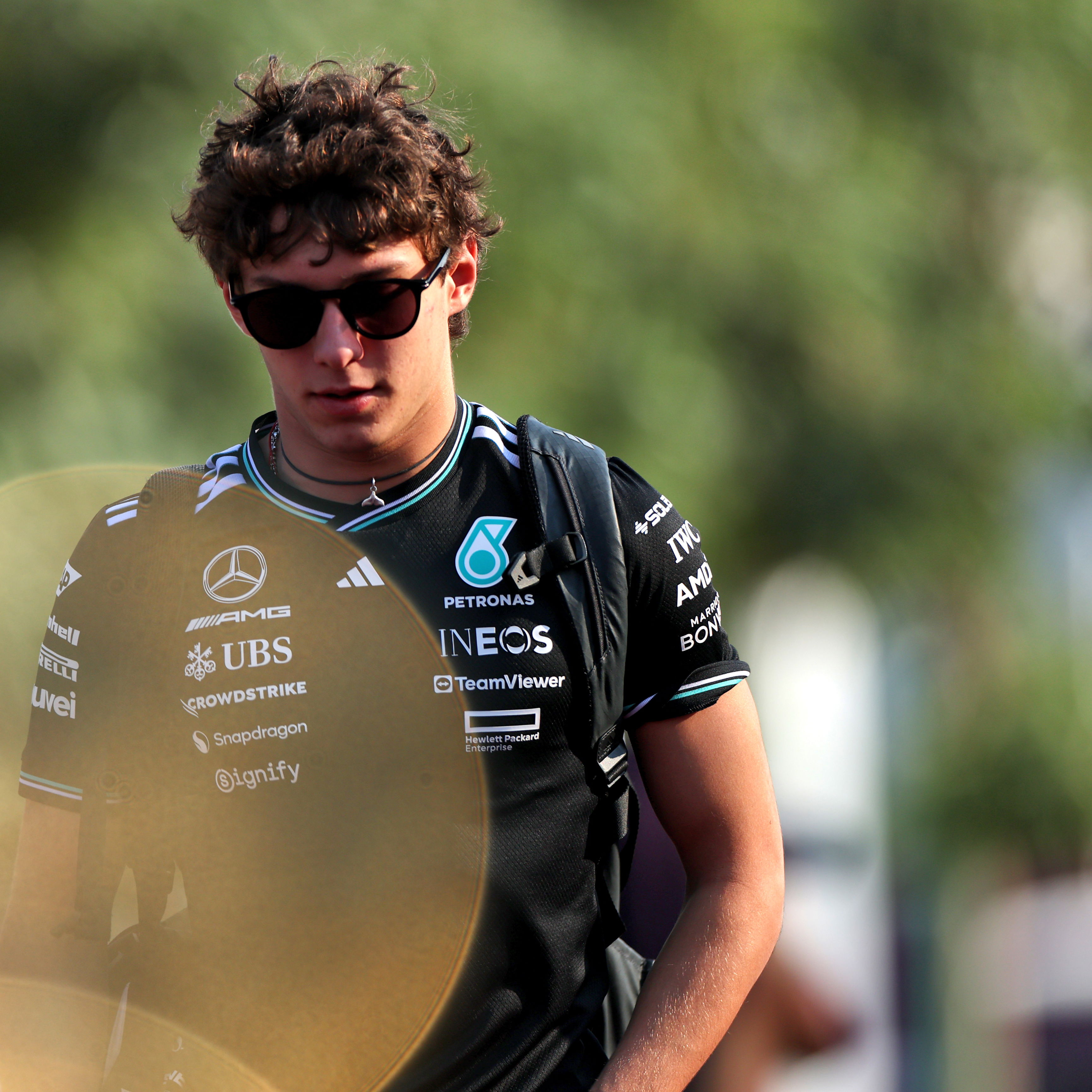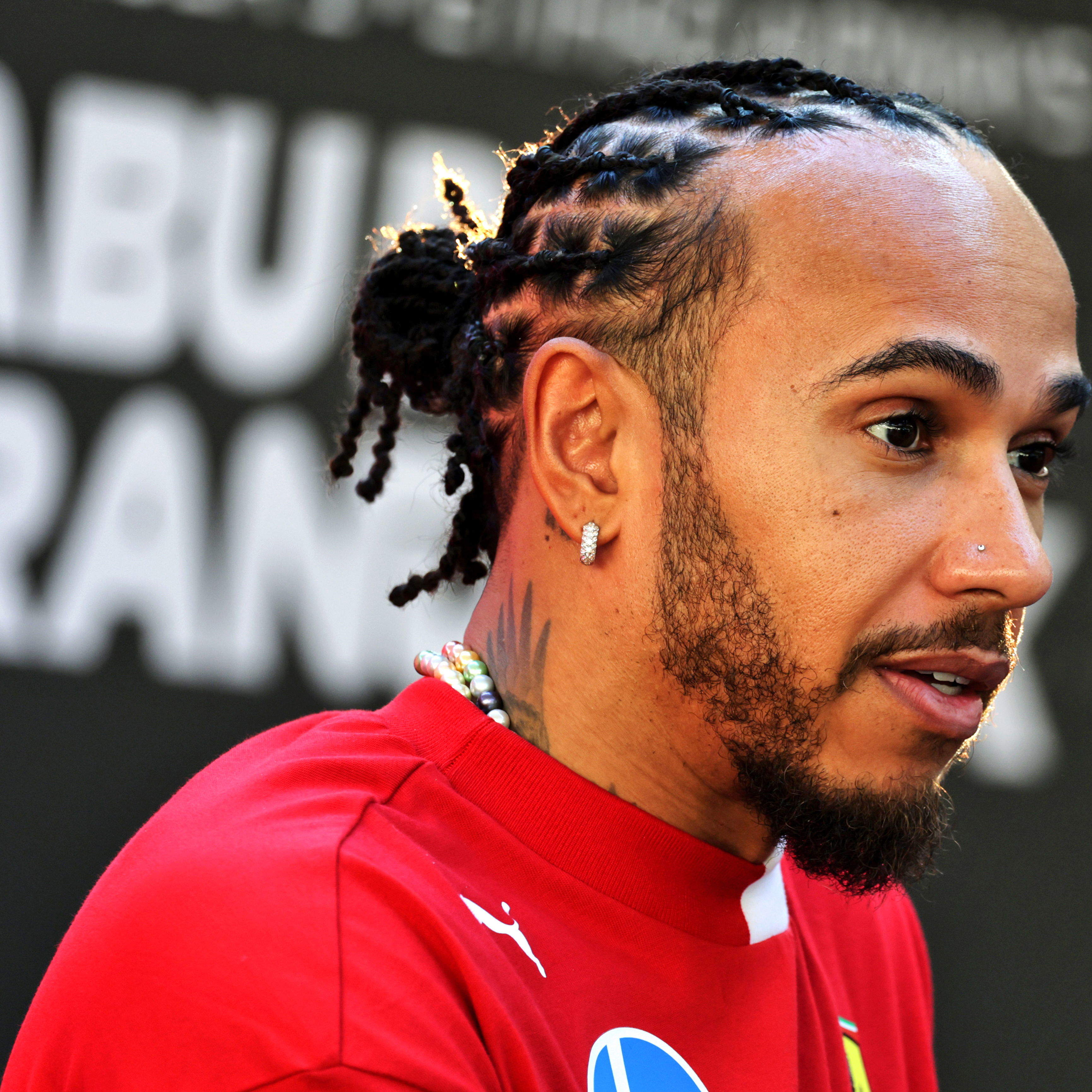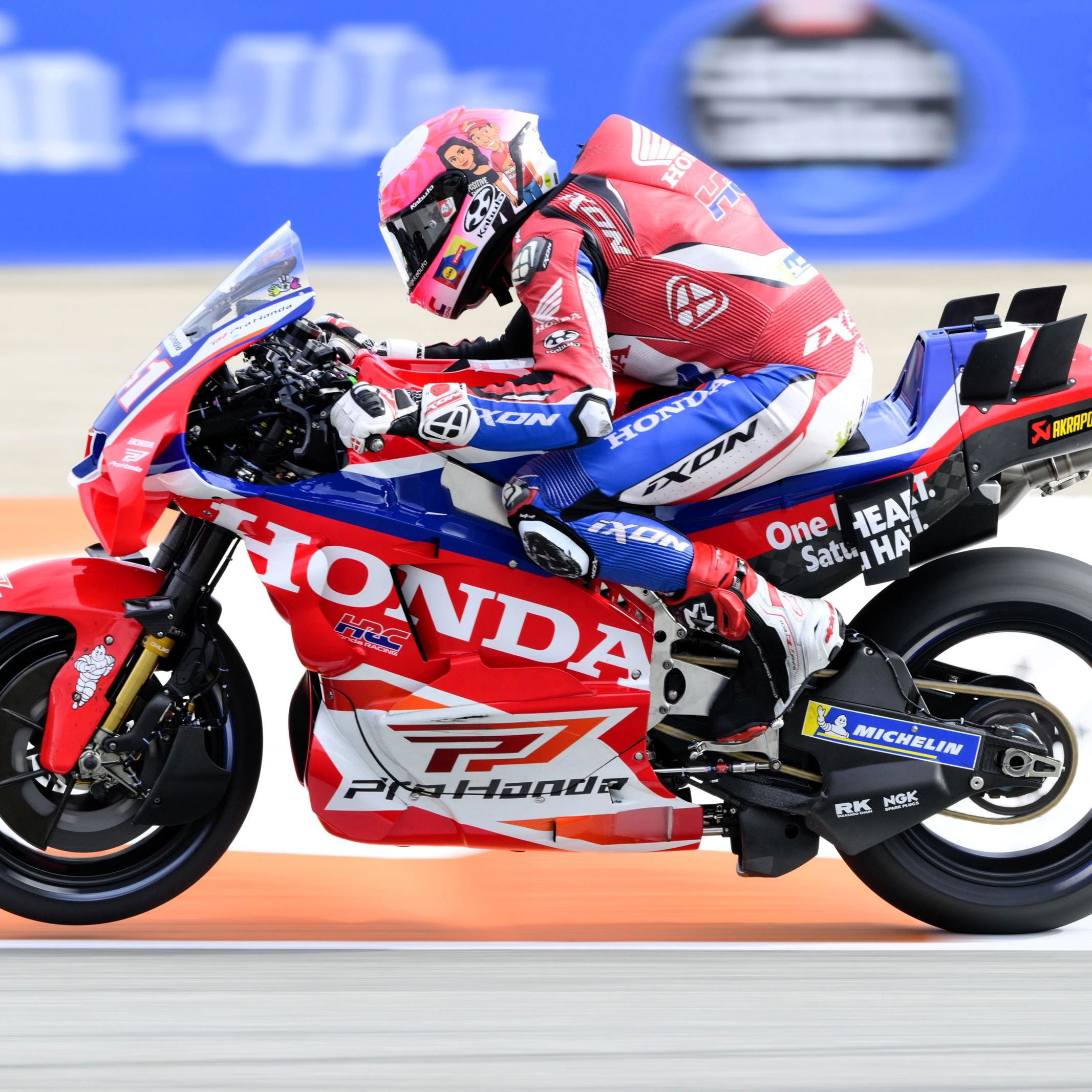F1 Qualifying Analysis: Has Red Bull shot itself in the foot?
Much as they were following the Monaco Grand Prix two weeks ago, tyres were the talking topic of choice following Formula 1 qualifying in Canada on Saturday as Red Bull went its own way on strategy.
For all of Fernando Alonso’s whining about the predictability of current-day F1, to see the top three places in qualifying be filled out by drivers from three different teams, be covered by less than two-tenths of a second, and all with a bit of strategy variety on top, was refreshing.

Much as they were following the Monaco Grand Prix two weeks ago, tyres were the talking topic of choice following Formula 1 qualifying in Canada on Saturday as Red Bull went its own way on strategy.
For all of Fernando Alonso’s whining about the predictability of current-day F1, to see the top three places in qualifying be filled out by drivers from three different teams, be covered by less than two-tenths of a second, and all with a bit of strategy variety on top, was refreshing.
Sebastian Vettel was superb in his charge to pole, turning in two laps good enough to top the timesheets in Q3. It marked Ferrari’s first pole in Canada since 2001, and brought back memories of Gilles Villeneuve’s famous success for the Scuderia at this very circuit (now bearing his name) 40 years ago.
But the real talking point came in Q2 when teams committed to their starting tyre. The return of the Hypersoft compound following its debut in Monaco left teams with a headache about how to best deal with the tyre, with most having struggled to work with it in race conditions.
Pirelli’s Mario Isola had warned on Friday that it would be “risky” to try and make it through Q2 on the Ultrasoft, with Pirelli predicting a time delta of 1.1 seconds compared to the Hypersoft. Nevertheless, Ferrari and Mercedes made it work well, with their eventual gain between Q2 and Q3 only being 0.8 seconds, allowing all four of their drivers to progress.
Red Bull went another way, though, sticking both Daniel Ricciardo and Max Verstappen on Hypersofts from the word go in Q2. It wasn’t due to a lack of confidence that they could have made it through to the final stage of qualifying on Ultrasofts, with their pace being comparable to that of the Mercedes and Ferrari runners. There was a belief that it would be the better way to go.
It wasn’t one widely held through the F1 paddock, though. Even on Friday, many were saying that P11 might actually be one of the best places to start in the midfield as you get free tyre choice, with those outside the ‘big three’ teams who scrape through to Q3 having to do so on Hypersofts. While a one-stop strategy looked possible starting on Hypersofts (moving onto Supersofts early), it would be much, much more difficult to complete than going from Ultrasofts to Supersofts.
Speaking after qualifying, pole-man Vettel explained how he never considered starting on Hypersofts, with his decision to venture out on the tyres late in Q2 only being to act as a safety net in case of a sudden pace increase.
“We did what we wanted to do,” he said. “I don’t think the hypersoft is a good race tyre, so I’m a bit surprised that both of the Red Bulls chose that, but I guess they have their reasons. We’ll see what happens tomorrow.”
So what were Red Bull’s reasons? Why did Verstappen in P3 and Ricciardo in P6 think it was the right way to go?
“We feel it’s a good tyre for us and, in the long run, I felt good on it,” Verstappen said. “There’s no big surprises. We knew, or we thought, Mercedes were going to qualify on the Ultra. So we’ll see tomorrow.”
The upside for Verstappen in particular is that he’ll be on a very fast starting tyre. The team’s decision to go with the softer compound worked well early on in China, as he was able to rise from P5 on the grid to P3 on the opening lap. Given the delta here, it could be key for Verstappen to try and put pressure on Vettel and Valtteri Bottas on the front row as early as possible before trying to pull a gap at the front. However, Hamilton, starting fourth, has his doubts about the advantage it will truly offer.
“I think there is always a small advantage to starting on the softer compound, but there’s eight metres I think, the gap between them. It’s not that big an advantage as far as I am aware,” Hamilton said.
“Ferrari are consistently the quickest or second quickest starters this year, and Red Bull have not been as good as them. I’m sure he will give it everything, as we all know he always does, and I hope he gives it everything. Me and Valtteri will hopefully be there to maximise the points – that’s the key goal and there is a long, long way to go in this season.”
The downside for both Red Bulls is that their strategy options through the remainder of the race are far more limited. Should the Hypersoft only last the 12 to 15 laps it is expected to, there will be a very narrow window for them to come in before it starts to drop off, with estimates being a sharp fall in pace of 0.2 seconds per lap. By comparison, the Ultrasofts and Supersofts degrade at a rate of only 0.01 seconds per lap.
he only possible way they can make a one-stop work is to go long on the Supersofts through the second stint. The others, meanwhile, can make their Ultrasofts last a decent amount of time to give themselves plenty of outs, depending on any Safety Cars or incidents that may occur mid-race.
Despite Red Bull’s confidence on the Hypersoft tyre in Montreal, the team completed only 24 laps on the compound through FP2 on Friday during the long runs, compared to 31 for Ferrari. It did, however, get a good understanding of the Supersofts, whereas Ferrari completed only seven laps on them through the afternoon practice session. Its data is much more limited in this regard.
For Ferrari and Mercedes, the goal will be to keep the Red Bulls back early on. If they can do that, the race should fall their way as they would be able to go until around half distance before pitting. They can be flexible to anything Red Bull may do, who are cornered somewhat by their strategy.
Alas, in Canada, Safety Cars are a regular occurrence, meaning any thoughts of a mundane - or, if you’re Fernando Alonso, predictable - one-stop race can hardly be concrete, meaning Red Bull could yet come into the picture.
